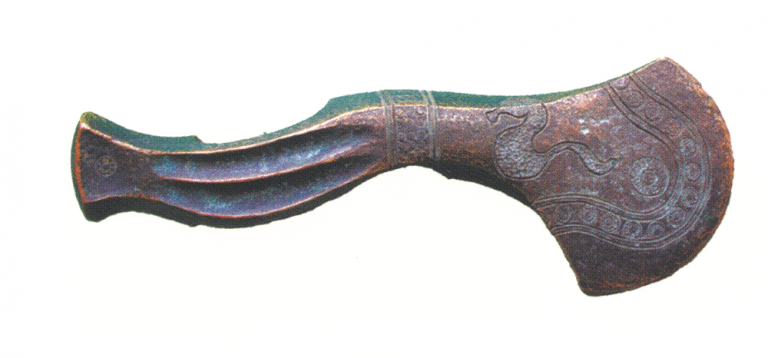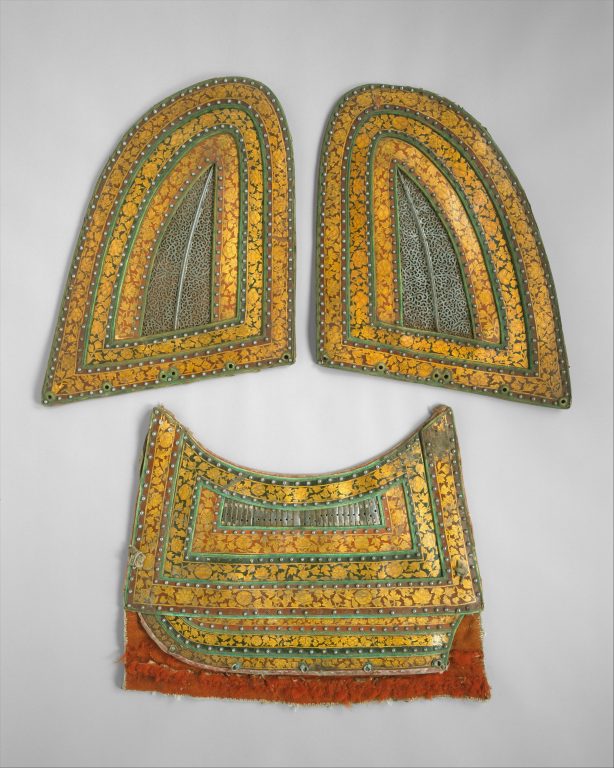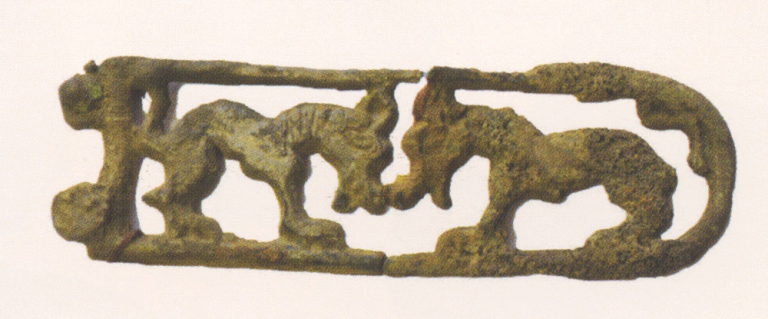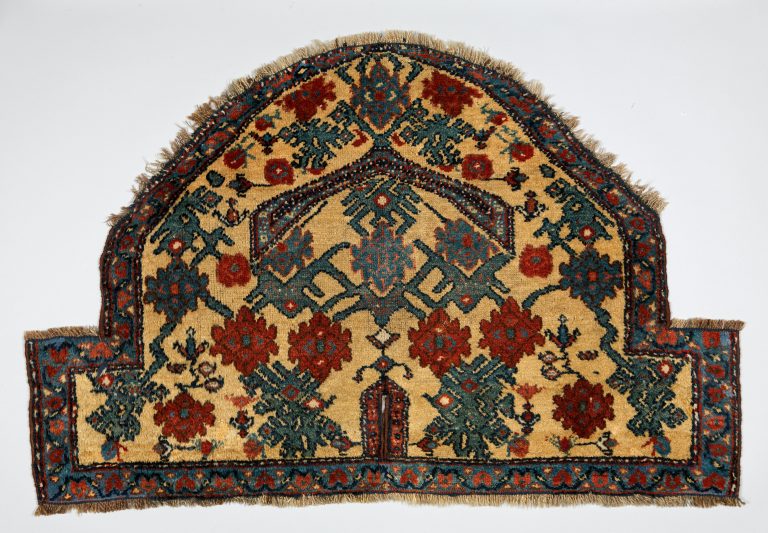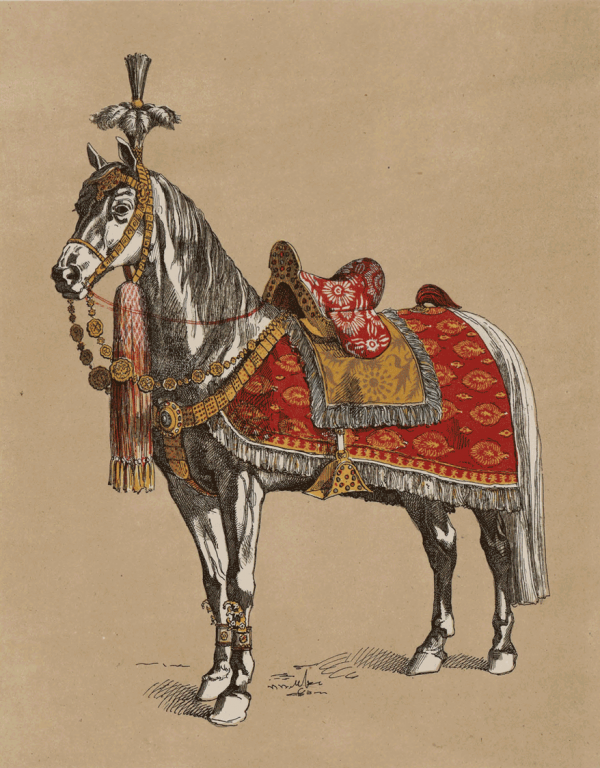

-
Object
-
Type of arts & crafts
-
MediumIron alloy
-
SizeSpur (a); L. 9 in. (22.9 cm); W. 4 3/4 in. (12.1 cm); Diam. of smaller rowel 1 1/2 in. (3.8 cm); Diam. of larger rowel 3 in. (7.6 cm); Wt. 1 lb. 1.2 oz. (487.6 g); spur (b); L. 9 in. (22.9 cm); W. 4 3/4 in. (12.1 cm); Diam. of smaller rowel 1 1/2 in. (3.8 cm); Diam. of larger rowel 3 in. (7.6 cm); Wt. 1 lb. 0.6 oz. (470.6 g)
-
Geography detailsCountry of Origin
Spain -
Country today
-
Date17th century
-
CultureSpanish
-
Type of sourceDatabase “Metropolitan Museum of Art”
-
Fund that the source refers toMetropolitan Museum of Art
-
This very large and ornamental pair of spurs is chiseled and pierced with vegetal and geometrical motifs, and each object features three pierced rowels, adorned with rosettes. This decoration is inspired from contemporary German examples, but the intricate lacework-like pierced effect on the main rowel is typically Spanish.The width of the branches suggests they were worn over large cavalry boots.
Some types of spurs with several rowels were sometimes used in the 17th century with particularly difficult horses. However, on this pair, worn like a piece of jewelry, it seems to be more an extravagant ornamental luxurious feature, rather than a truly equestrian improvement. The largest rowel is actually designed to set the two smaller ones in motion when rolled against the horse’s flanks. Such examples of multi-rowel spurs are known in Germany since the mid-16th century.










